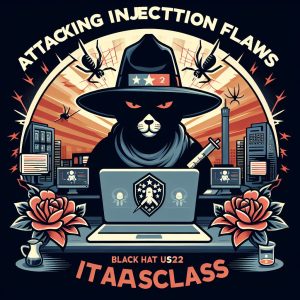
Injection flaws have dominated web application vulnerability lists since time immemorial. And despite OWASP reducing their ranking from 1 to 3, they are still one of the most devastating web application vulnerabilities. Efforts have been made for years to secure applications against related attacks, from new frameworks to new defensive techniques. A lot has been done, but is it enough? This course enables you to walk through dozens of hacklabs and learn how – despite defensive efforts – injection flaws persist, with drastic effects on application security. Get into the attacker mindset for 2 days and deploy over 30 fresh and novel injection attacks via our state-of-the-art hacklabs. This practical course is packed with information and delivered by professional penetration testers, well-versed in web hacking from their years of experience in the wild. By the time you leave, you’ll understand how to deploy attacks using complex injection flaws. This course will be delivered virtually.






